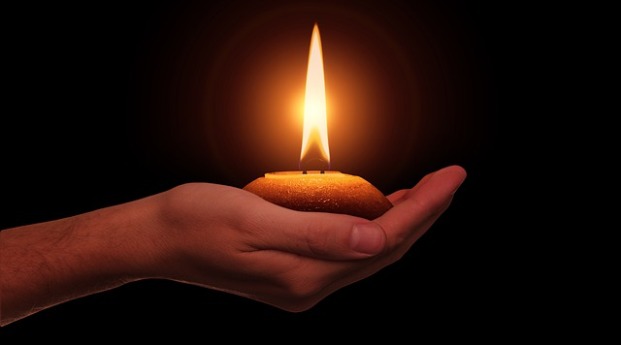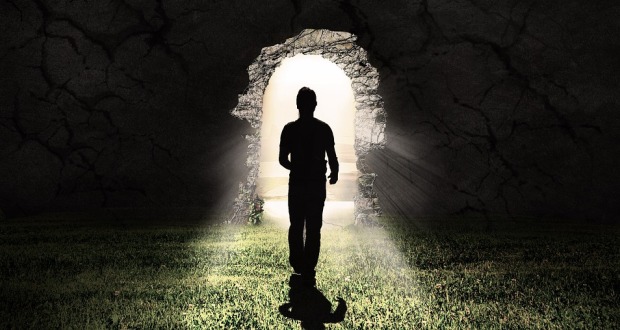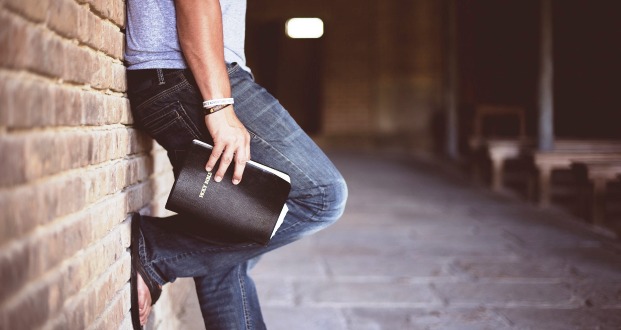Christmas Customs Around the World: How Different Countries Celebrate the Holiday Season

Christmas is a time of joy, peace and goodwill for many people around the world. But did you know that there are many different ways to celebrate this festive occasion? From lighting candles to burning logs, from eating special foods to exchanging gifts, every country has its own unique traditions and customs that reflect its culture and history. Here are some examples of how Christmas is celebrated in different parts of the world.
Germany: Advent Calendars
One of the most popular Christmas traditions in Germany is the Advent calendar, which counts down the days until Christmas Eve. The calendar usually has 24 small doors or windows, each hiding a surprise such as a chocolate, a toy or a picture. Children open one door every day from December 1st until December 24th, when they receive their main presents. The Advent calendar originated in Germany in the 19th century and has since spread to many other countries.
Europe: Christmas Trees
Another common Christmas tradition in Europe is decorating a fir tree with lights, ornaments and tinsel. The Christmas tree symbolizes life and hope in the dark winter months. The tradition of bringing a tree indoors and decorating it dates back to medieval times, when people used evergreen branches to decorate their homes for the winter solstice. The first recorded use of a Christmas tree was in Germany in the 16th century, and it became popular in other parts of Europe and America in the 19th century.
Colombia: Noche de las Velitas
In Colombia, one of the most beautiful Christmas traditions is the Noche de las Velitas (Night of the Little Candles), which takes place on December 7th, the eve of the feast of the Immaculate Conception. On this night, people light candles and lanterns and place them on their windowsills, balconies, porches and streets, creating a magical atmosphere of light. The candles represent the Virgin Mary’s purity and grace, and also honor her as the patron saint of Colombia.
Ethiopia: Ganna
In Ethiopia, where most people follow the Ethiopian Orthodox Church, Christmas is celebrated on January 7th, according to the Julian calendar. The celebration is called Ganna, and it begins with a special mass at dawn, where people wear white clothes and carry candles. After the mass, people play a traditional game called ganna, which is similar to hockey. The game is said to commemorate the shepherds who were watching their flocks when they heard about the birth of Jesus. People also eat special foods such as injera (a flatbread) and wat (a spicy stew).
Mexico: Poinsettias
One of the most recognizable symbols of Christmas in Mexico is the poinsettia, a red and green plant that blooms in December. The plant is native to Mexico and was used by the Aztecs for medicinal and ceremonial purposes. According to legend, a poor girl named Pepita had no gift to offer to baby Jesus at a nativity scene. An angel told her to pick some weeds from the roadside and place them at the manger. As she did so, they miraculously turned into bright red flowers, which were called “flores de Noche Buena” (flowers of the Holy Night). The poinsettia is also known as “la flor de la Navidad” (the flower of Christmas) in Mexico.
Guatemala: La Quema del Diablo
In Guatemala, one of the most unusual Christmas traditions is la Quema del Diablo (the Burning of the Devil), which takes place on December 7th, at 6 pm. On this day, people gather all their trash and unwanted items and pile them up on the streets. They also make effigies of the devil out of paper or cloth and add them to the pile. Then they set fire to everything, creating a huge bonfire that symbolizes cleansing and purification from evil. The tradition is said to prepare the way for the birth of Jesus by getting rid of all negativity.
Rome: Midnight Mass
One of the most solemn and sacred Christmas traditions in Rome is attending midnight mass at St. Peter’s Basilica on December 24th. The mass is celebrated by the Pope himself and broadcasted live around the world. Thousands of pilgrims and tourists flock to St. Peter’s Square to witness this event, which commemorates the birth of Christ in Bethlehem. The mass is followed by a blessing from the Pope called “Urbi et Orbi” (to the city and to the world), where he delivers a message of peace and goodwill.
Québec: Réveillon de Noël
In Québec, one of the most festive Christmas traditions is réveillon de Noël (Christmas Eve feast), which takes place after midnight mass on December 24th. The feast is a lavish and long-lasting affair, where people enjoy traditional dishes such as tourtière (a meat pie), ragoût de pattes de cochon (a stew of pig’s feet), bûche de Noël (a cake shaped like a log) and tarte au sucre (a sugar pie). The feast is also accompanied by drinks such as cider, wine and eggnog. The réveillon is a time of joy and conviviality, where people share stories, jokes and gifts.
These are just some of the many Christmas customs around the world that show the diversity and richness of this holiday. Whether you celebrate Christmas or not, you can learn a lot from these traditions and appreciate the values and meanings behind them. Merry Christmas to all!





